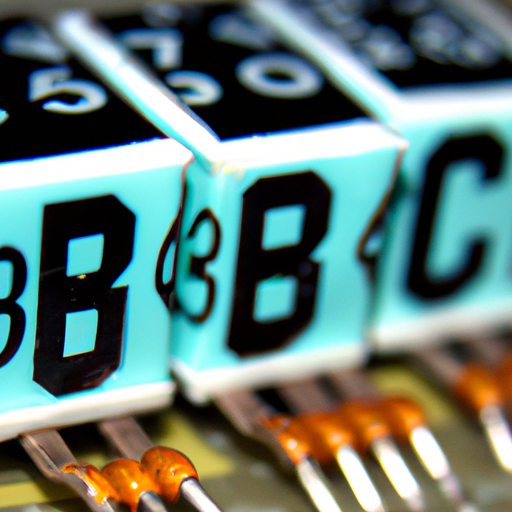
Title: Understanding the Product Features of PFC Power Factor Correction

1. Definition and Importance of Power Factor Correction (200 words) Power factor is a measure of how effectively electrical power is utilized in a system. It represents the ratio of real power (kW) to apparent power (kVA) and ranges from 0 to 1. A low power factor indicates inefficient power usage, resulting in increased energy consumption, higher electricity bills, and potential penalties from utility companies.
Power factor correction devices, commonly known as PFCs, are designed to improve power factor by reducing reactive power (kVAR) and optimizing the power flow. By doing so, PFCs enhance the overall efficiency of electrical systems, reduce energy losses, and improve the lifespan of electrical equipment.
2. Working Principles of PFC Power Factor Correction (300 words) PFC power factor correction operates on the principle of reactive power compensation. Reactive power is the power consumed by inductive or capacitive loads, such as motors, transformers, and fluorescent lights. These loads cause the current to lag or lead the voltage, resulting in a low power factor.
PFC devices utilize various techniques to correct the power factor, including capacitive and inductive compensation. Capacitive compensation involves the addition of capacitors to the electrical system, which counteract the inductive reactive power and bring the power factor closer to unity. Inductive compensation, on the other hand, uses inductors to offset capacitive reactive power.
3. Key Features of PFC Power Factor Correction (400 words) a. Automatic Power Factor Correction: PFC devices are equipped with automatic control systems that continuously monitor the power factor and adjust the compensation accordingly. This feature ensures optimal power factor correction under varying load conditions, eliminating the need for manual intervention.
b. Real-Time Monitoring: PFC units often come with built-in monitoring systems that provide real-time data on power factor, voltage, current, and other electrical parameters. This feature allows users to track the performance of their electrical systems, identify potential issues, and take corrective actions promptly.
c. Harmonic Filtering: PFC power factor correction devices may incorporate harmonic filters to mitigate the adverse effects of harmonics generated by non-linear loads. Harmonics can distort the power waveform, reduce power quality, and cause additional losses. By filtering out harmonics, PFCs ensure a cleaner and more stable power supply.
d. Compact and Modular Design: PFC power factor correction units are typically designed to be compact and modular, allowing for easy installation and scalability. This feature enables users to add or remove modules as per their power requirements, making PFCs suitable for a wide range of applications.
e. High Efficiency: PFC devices are engineered to operate with high efficiency, minimizing energy losses and maximizing power factor correction. By reducing reactive power, PFCs optimize the power flow, resulting in reduced electricity bills and improved energy efficiency.
f. Protection Mechanisms: PFC power factor correction units often incorporate protection mechanisms such as overvoltage, overcurrent, and overtemperature protection. These features safeguard the electrical system and the PFC device itself from potential damage, ensuring reliable and safe operation.
4. Types of PFC Power Factor Correction (200 words) a. Passive PFC: Passive PFC devices use passive components such as capacitors and inductors to correct the power factor. They are cost-effective but have limited correction capabilities and are suitable for low-power applications.
b. Active PFC: Active PFC devices employ active electronic components, such as power transistors and control circuits, to correct the power factor. They offer higher correction capabilities, better efficiency, and are suitable for a wide range of applications.
c. Hybrid PFC: Hybrid PFC combines the advantages of both passive and active PFC technologies. It utilizes passive components for initial correction and active components for fine-tuning, resulting in improved performance and cost-effectiveness.
Conclusion (100 words) PFC power factor correction is an essential technology for optimizing power usage, reducing energy wastage, and improving the efficiency of electrical systems. By understanding the product features of PFC devices, users can make informed decisions when selecting and implementing power factor correction solutions. With automatic control, real-time monitoring, harmonic filtering, compact design, high efficiency, and protection mechanisms, PFC power factor correction units offer a comprehensive range of features to enhance power factor and overall electrical system performance.